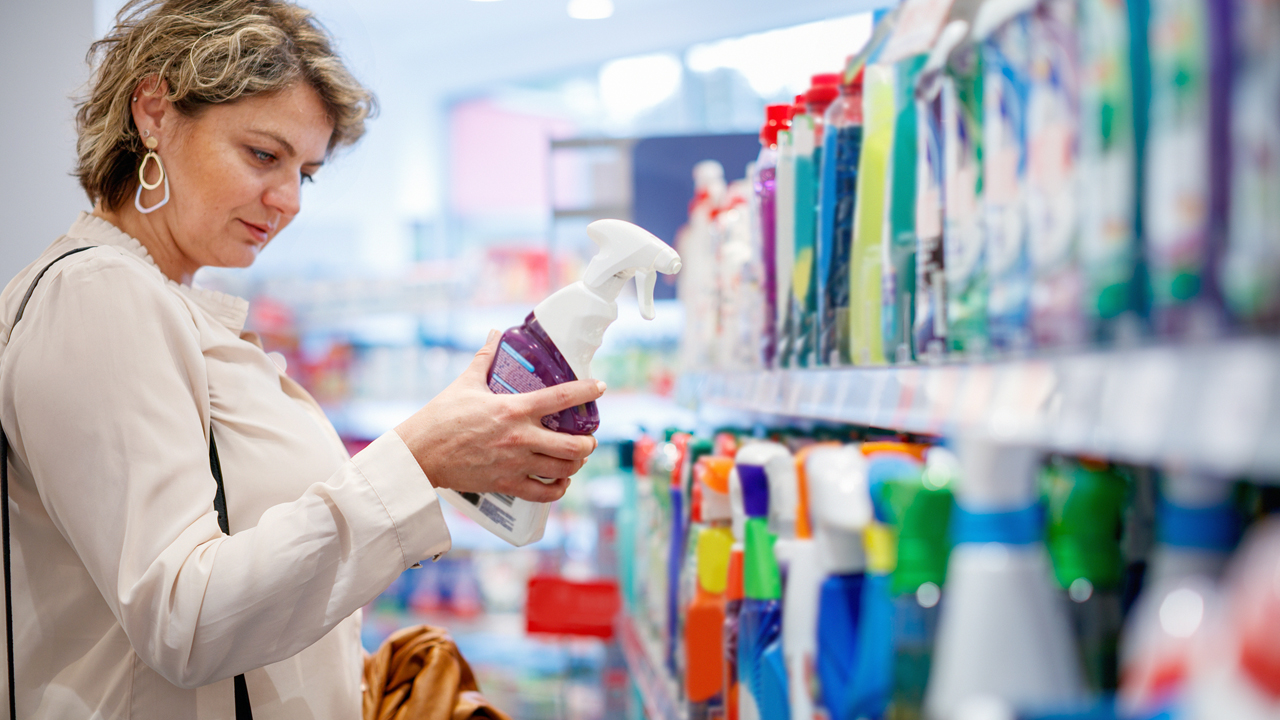The hidden dangers of household products

The materials, fabrics and fragrances contained inside our homes are host to thousands of chemicals that may pose a threat to human health.
Healthy home expert Nicole Bijlsma says there simply aren’t enough regulations to ensure the products and materials in our homes are safe for consumers.
“We have this incredible, unregulated, chemical onslaught in our household products, personal care products, building materials and cleaning products which is why the burden of chemicals is increasing with each generation,” Bijlsma says.
“Just because it’s on the supermarket shelf doesn’t mean it’s been tested.”
The largely unregulated cleaning product industry is often placed under scrutiny in the fight against chemicals but Bijsma says this issue extends to all areas of the home.
“What happens is we wait for the disease to occur in the general population before we look back and realise [the harm]…It’s a stupid system; it doesn’t protect consumers and it certainly does not protect the most vulnerable in our society– our children and the unborn fetus.”
Only through thorough research can consumers determine where their products are being sourced, under what conditions they’ve been made and the impact they may have on health. Even then there are gaps.
Imported items are not under the same regulations as those made in New Zealand.
“A lot of the products, especially furnishings, you can’t load with formaldehyde but if you import them from Asia as most people do, they’re going to be loaded with chemicals…Bijlsma says.
Bijlsma advises going back to basics when selecting materials and products, reducing the chemical load, choosing natural fibres and buying home made.
“The big problem is most chemicals in building materials and household products have never been tested for their impact on human health,” Bijlsma says.
Creating a healthy home is of the utmost importance to homeowner Irena Bukhshtaber, who has recently extended her home to be 100 per cent sustainable and hypoallergenic.
“Because our industry standards are so high, usually it’s a local product too…Watch out for imports, from floorboards to air-conditioning, as there’s no way to guarantee what they say on the label unless the seller can guarantee provenance or knows the company.”
Despite the time-consuming research process (three years) of renovating the home to a healthy standard Bukhshtaber says the outcome has been worth the effort.
“How difficult is it to live with sick or tired family members? How hard is it to live your values? If the outcome is positive then it’s not difficult, but it is time consuming and does require you to spend time researching, calling and discussing with suppliers.”
To keep her costs down when renovating, Bukhshtaber advises determining the elements of a home that matter most to you, whether this be using recycled materials, limited chemicals, high-quality design, ethical manufacturing or buying New Zealand made.
“None of these things are mutually exclusive but you do need a hierarchy in mind as no one has unlimited budget,” Bukhshtaber says.
Written by Amelia Barnes. First appeared on Domain.com.au.
Images: Getty
